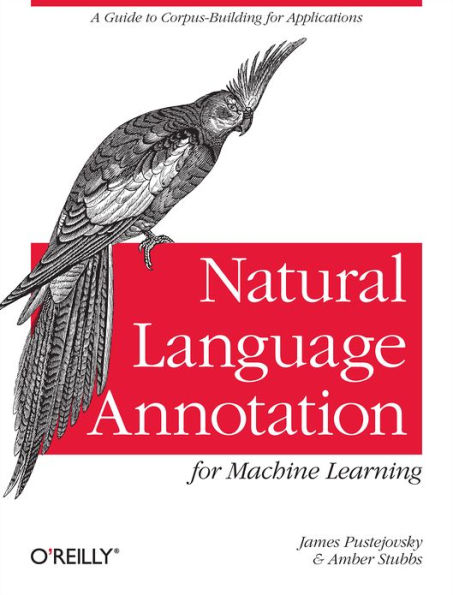5
1

Natural Language Annotation for Machine Learning: A Guide to Corpus-Building for Applications
342
Natural Language Annotation for Machine Learning: A Guide to Corpus-Building for Applications
342eBook
$23.99
$31.99
Save 25%
Current price is $23.99, Original price is $31.99. You Save 25%.
Related collections and offers
23.99
In Stock

Product Details
| ISBN-13: | 9781449359768 |
|---|---|
| Publisher: | O'Reilly Media, Incorporated |
| Publication date: | 10/11/2012 |
| Sold by: | Barnes & Noble |
| Format: | eBook |
| Pages: | 342 |
| File size: | 4 MB |
About the Author
From the B&N Reads Blog
